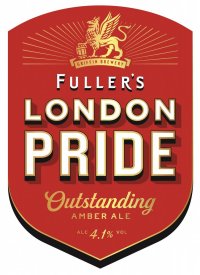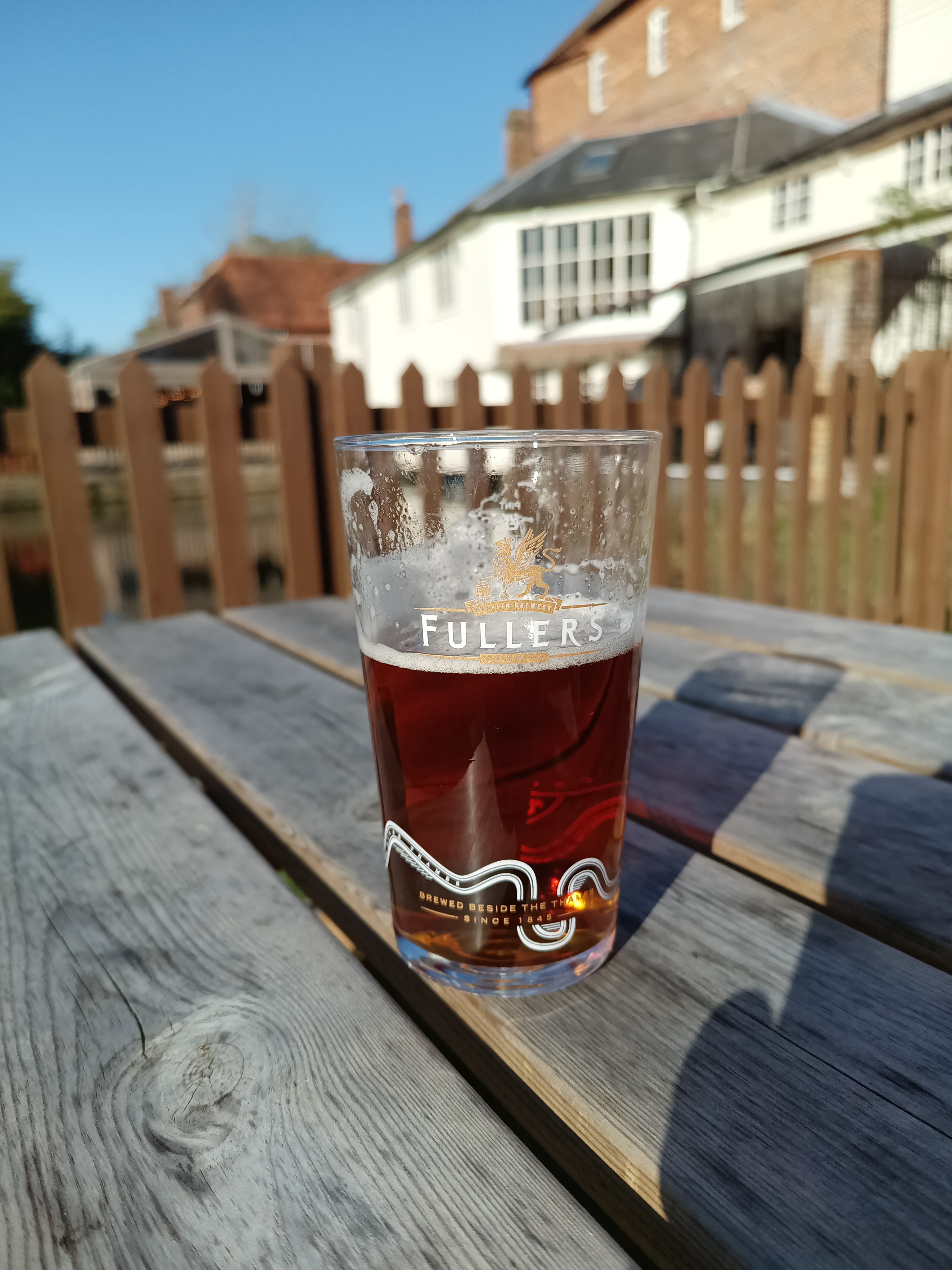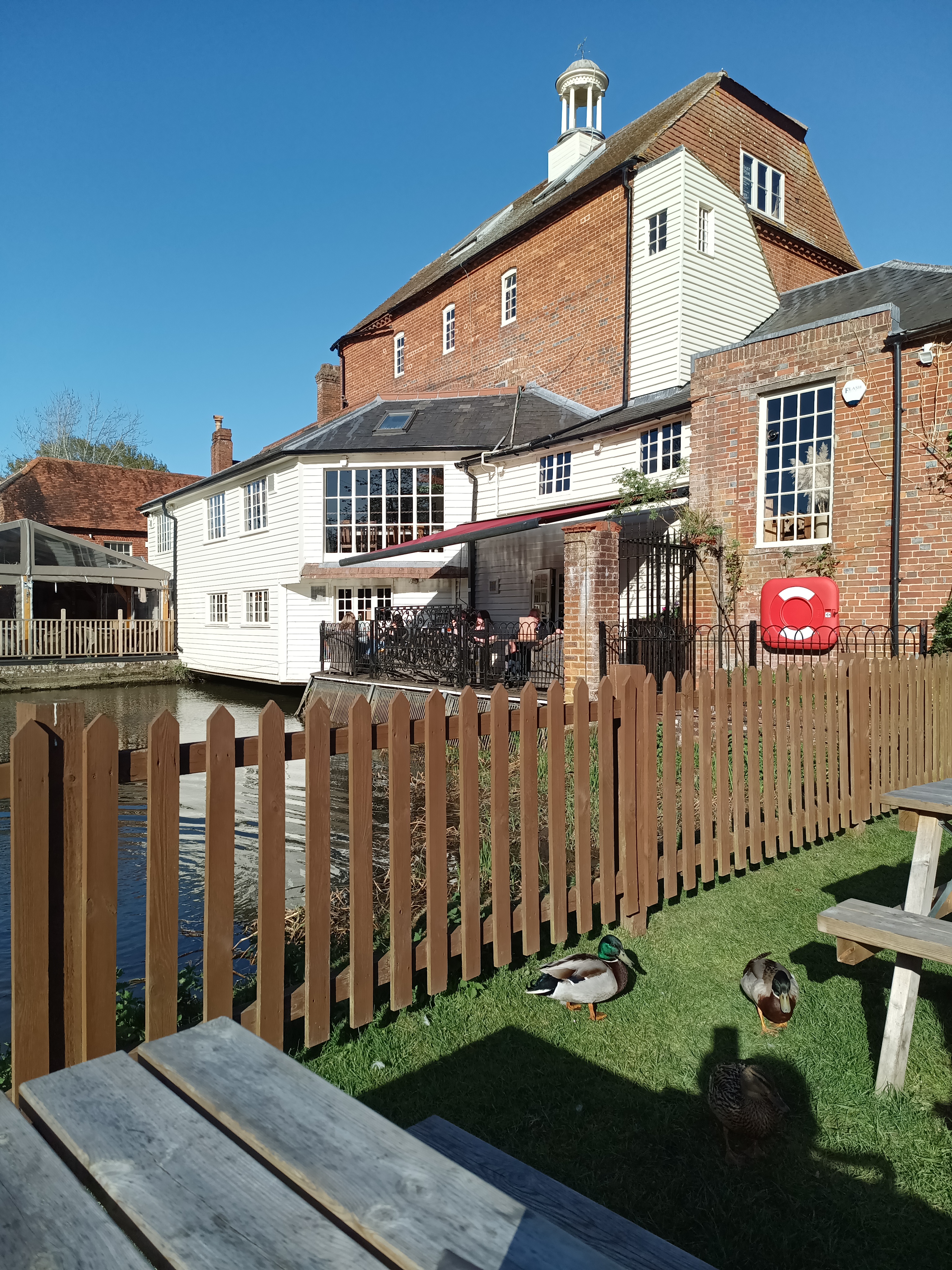I have a question about strong bitters, directed to those of you who are well schooled in the current state of ales on the east side of the pond.
Fullers ESB has always been at or near the top of my favorite beers list. Which makes it pretty sad for many of us that under Asahi, Fullers has chosen to no longer ship bottles/cans to the US. A few people have found it on tap, but it’s rare. I was last in London in late 2023 and stayed at the Sanctuary Hotel for a few days. Luckily for me, they had ESB on tap in the pub downstairs.
In the US we seem to pay close attention to styles and our conversations often include something similar to “what style is that beer?” Especially with brewers (home or pro), most of whom realize Fullers ESB is in the category the BJCP calls “strong bitter.” Is strong bitter even a thing in the UK? Does anyone really call an ale by that designation? I had a beautiful ale called Rebrook Premium in Yorkshire, but I don’t recall them labeling it as a strong Bitter, but it certainly felt like one.
It seems there isn’t really any specific set of ingredients that make up a strong Bitter, it’s mostly just where the gravity/alcohol level is on the scale from ordinary up through premium or strong. When we were able to find ESB in the US, it seems the bottled version had only base malt and crystal malt. Similar to Old Speckled Hen or Wells Bombadier (which seems to be easier to find since ESB has left the shelves over here). But in London, it clearly had some chocolate or black malt included. And was better off for that inclusion in my opinion. I’ve heard Fullers recently altered the ESB recently .
Any thoughts?
Fullers ESB has always been at or near the top of my favorite beers list. Which makes it pretty sad for many of us that under Asahi, Fullers has chosen to no longer ship bottles/cans to the US. A few people have found it on tap, but it’s rare. I was last in London in late 2023 and stayed at the Sanctuary Hotel for a few days. Luckily for me, they had ESB on tap in the pub downstairs.
In the US we seem to pay close attention to styles and our conversations often include something similar to “what style is that beer?” Especially with brewers (home or pro), most of whom realize Fullers ESB is in the category the BJCP calls “strong bitter.” Is strong bitter even a thing in the UK? Does anyone really call an ale by that designation? I had a beautiful ale called Rebrook Premium in Yorkshire, but I don’t recall them labeling it as a strong Bitter, but it certainly felt like one.
It seems there isn’t really any specific set of ingredients that make up a strong Bitter, it’s mostly just where the gravity/alcohol level is on the scale from ordinary up through premium or strong. When we were able to find ESB in the US, it seems the bottled version had only base malt and crystal malt. Similar to Old Speckled Hen or Wells Bombadier (which seems to be easier to find since ESB has left the shelves over here). But in London, it clearly had some chocolate or black malt included. And was better off for that inclusion in my opinion. I’ve heard Fullers recently altered the ESB recently .
Any thoughts?








![Craft A Brew - Safale BE-256 Yeast - Fermentis - Belgian Ale Dry Yeast - For Belgian & Strong Ales - Ingredients for Home Brewing - Beer Making Supplies - [3 Pack]](https://m.media-amazon.com/images/I/51bcKEwQmWL._SL500_.jpg)



















































